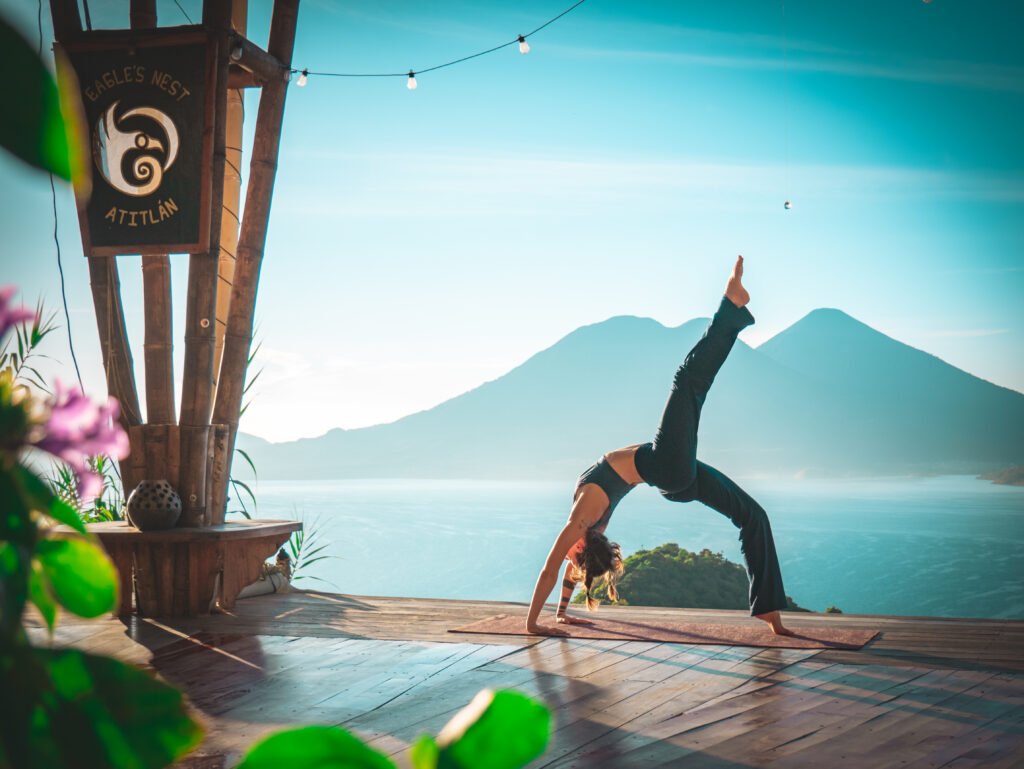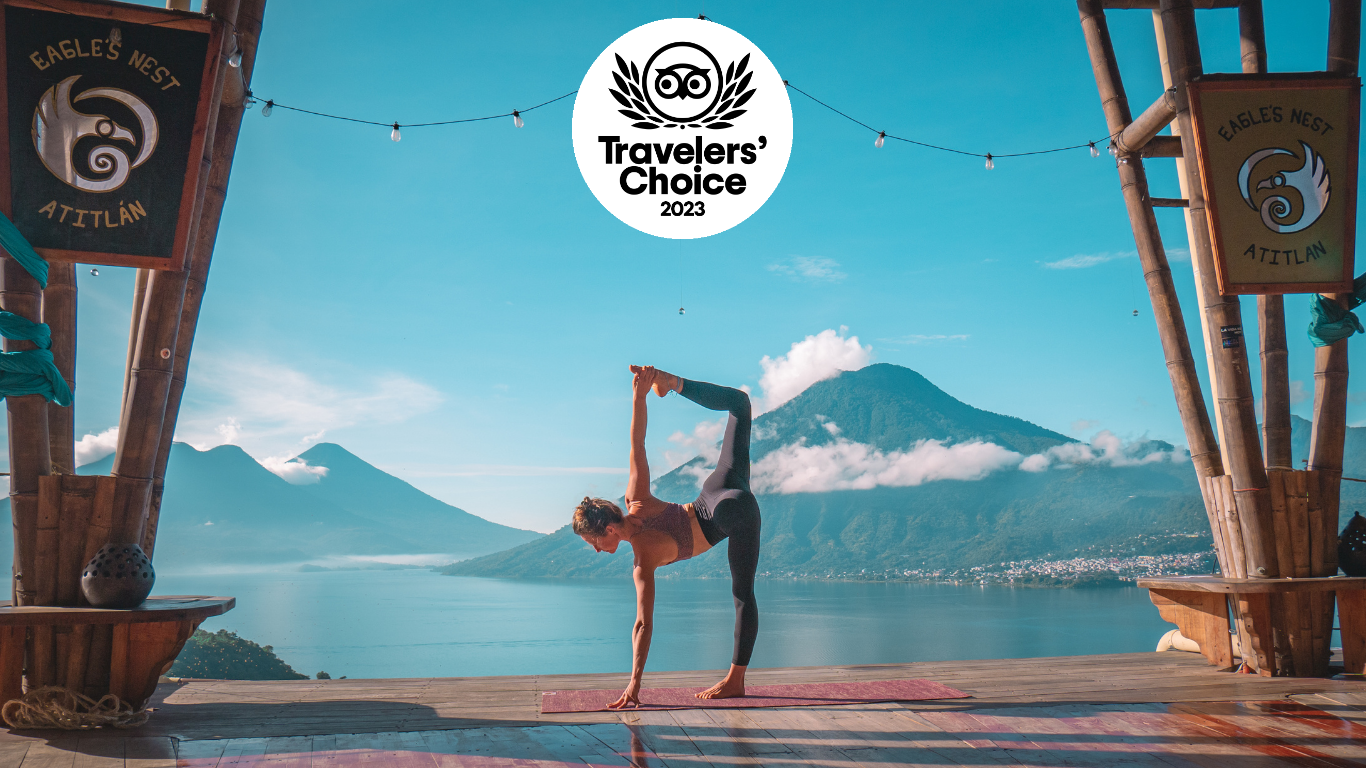Unlock Serenity: Discover the Top 6 Best Yoga Practices for Harmonious Living

Foundational Yoga Poses: A Guide to Stability and Grace
The journey into yoga begins with mastering foundational poses that provide stability and a sense of grace. These essential asanas are critical not only for the development of a physical yoga practice but also as a means to align one’s mental state with their bodily awareness. Starting with basic positions like the Mountain Pose (Tadasana), foundational poses work systematically to improve one’s balance and poise. Regular practice of these asanas leads to an enhanced body awareness and lays the groundwork for more advanced yoga practices. As individuals become more attuned to their bodies through these foundational poses, they also experience a deepening sense of inner tranquility and strength that extends beyond their yoga sessions and into everyday life.
Aligning Mind and Body Through Basic Asanas
Embarking on a yoga journey commences with the mastery of foundational poses that serve as the bedrock for all subsequent practice. These basic asanas are not merely physical postures; they are a form of communication between the mind and body, helping practitioners establish a dialogue of balance and harmony. Beginning with grounding positions, such as Tadasana (Mountain Pose), these core structures work to enhance poise and stability, while simultaneously heightening body awareness. Through consistent engagement with these poses, individuals cultivate a sense of grace and steadiness that transcends the yoga mat.
The Role of Breath in Establishing Yoga Fundamentals
Breath, or pranayama, sits at the very heart of yoga, acting as the connecting thread weaving together the tapestry of asanas. Mastering the art of breathing is essential for anyone who wishes to deepen their understanding and practice of yoga. It is through breath that each posture gains depth and meaning, thus transforming a series of physical movements into an integrated and mindful flow. The practice of aligning one’s breath with their movements not only enhances the benefits of the asanas but also reinforces the connection between mind and body. This synchronization paves the way for a heightened sense of mental clarity and emotional balance, promoting a harmonious rhythm of being that can influence all areas of life.
Advancing Your Best Yoga Practices Journey: Techniques for the Intermediate Yogi
Deepening Practice with Progressive Poses
As yoga practitioners advance beyond the basics, they encounter a spectrum of more complex and demanding poses that challenge their physical and mental acuity. This transition to intermediate asanas, such as the Crow Pose (Bakasana) or Headstand (Sirsasana), marks a critical phase in the deepening of one’s yoga practice. These progressive poses require a combination of strength, flexibility, and balance, serving as stepping stones towards the realization of one’s full potential in yoga. By methodically incorporating these challenging asanas, yogis not only reshape their physical practice but also engage in a profound journey of self-discovery and personal development.
Integrating Meditation and Mindfulness into Routine
An integral component of advancing one’s yoga journey involves embracing the practices of meditation and mindfulness. These practices form the crux of the introspective aspect of yoga and greatly enhance the overall experience. Incorporating meditation and mindfulness regularly helps maintain a calm, clear mind and a centered presence both during yoga sessions and in daily life. This deepens the yoga practice and fosters a greater sense of awareness and tranquility, positively affecting one’s quality of life by cultivating inner peace and an attentive, mindful engagement with the world.
The Science Behind Yoga: How Consistent Practice Benefits Health
Physical and Psychological Advantages of Regular Yoga
Engaging in yoga on a consistent basis offers an array of profound benefits that extend far beyond the physical postures practiced on the mat. Scientific studies have showcased the extensive health benefits associated with regular yoga practice, encompassing enhanced flexibility, strength, and improved cardiovascular health. Beyond the physical, regular Best Yoga Practice is found to contribute significantly to mental health, reducing stress, promoting relaxation, and fostering an overall sense of well-being and happiness. The regular discipline of yoga thus emerges as a powerful, holistic approach to health and wellness, offering a multifaceted array of benefits to practitioners.
Examining the Impact of Best Yoga Practices on Stress and Immunity
Dedication to a regular yoga regime can profoundly affect the body’s ability to manage stress and bolster immune function. Research has revealed how yoga’s stress-relieving practices, including asanas and pranayama, can help modulate the release of cortisol and other stress hormones, promoting a state of calm and resilience in the body. Additionally, yoga enhances immune health by promoting better lymphatic circulation, which helps in detoxification and strengthens the body’s defenses against illness. Engaging in yoga is thus not only a pathway to stress relief but also a supportive practice for maintaining a robust immune system.
Yoga Equipment Essentials: Enhancing Your Practice
Choosing the Right Yoga Mat: Texture, Material, and Grip Considerations
Selecting the appropriate yoga mat is fundamental to any practice, as it provides the groundwork for a secure and comfortable experience. When considering a mat, factors such as texture, material, and grip come to the fore. Each aspect plays a crucial role in supporting the yogi through varied postures and transitions. A mat’s texture affects tactile comfort, while the material determines its durability and environmental impact. Grip contributes to safety and efficacy, ensuring that practitioners can maintain their poses without the risk of slipping. Thus, a carefully chosen mat becomes an indispensable companion for any successful yoga practice.
Incorporating Props for Support and Alignment
Utilizing props, such as blocks, straps, and bolsters, is an excellent strategy for enhancing a yoga practice and promoting proper alignment. These tools offer support, enabling practitioners of all levels to engage in asanas with integrity and without the risk of injury. Props are particularly advantageous for helping individuals access deeper stretches, maintain alignment in challenging poses, or facilitate relaxation in restorative sequences. By embracing the use of props, yogis can tailor their practice to their unique needs, ensuring both progress and safety.
Embracing the Best Yoga Practices Lifestyle: Beyond the Mat
Nutrition and Diet: Fuelling the Yogic Body
The principles of yoga extend beyond the mat and permeate every facet of a practitioner’s life, including nutrition and diet. Embracing a dietary philosophy aligned with yogic values involves mindful eating, emphasizing whole, natural foods that nourish the body and support sustained energy levels throughout one’s practice. Understanding the connection between what we consume and how we feel serves to foster a holistic approach to wellness, ensuring that the body is adequately fueled for both the physical demands of yoga and the endeavors of daily life.
The Intersection of Yoga Philosophy and Modern Living
Yoga philosophy offers a framework for navigating the complexities of modern living with poise and intention. These ancient teachings, encapsulating precepts such as non-violence, truthfulness, and contentment, provide a compass for leading a balanced life infused with meaning and purpose. By adopting the tenets of yoga philosophy, practitioners are equipped to confront contemporary challenges with a grounded and mindful approach, ensuring that the peace and clarity cultivated on the mat resonate through all aspects of their existence.
Specialized Best Yoga Practices: Tailoring Your Approach to Wellness
Adaptive Yoga: Modifications for Every Body Type
Yoga is an inclusive practice, adaptable to the unique circumstances of each individual’s body. Adaptive Yoga is a specialized approach that employs modifications to ensure that everyone, regardless of physical limitations or conditions, can participate in and benefit from the practice. Through the utilization of props, tailored sequences, and customized guidance, Adaptive Yoga becomes a gateway to wellness, offering the principles and joys of yoga to a broad and diverse audience.
Restorative Yoga: The Art of Active Relaxation
Restorative Yoga is a restful practice that emphasizes the art of active relaxation. Through the use of props and extended hold times in gentle postures, this style of yoga leads to deep levels of relaxation and rejuvenation. It serves as a counterbalance to the fast-paced nature of modern life, allowing the nervous system to unwind and the body to heal naturally. As such, Restorative Yoga proves to be an integral part of a comprehensive wellness strategy, providing a refuge of tranquility and a potent antidote to stress.

FAQ: Questions and Answers of Best Yoga Practices
What are the 3 most important aspects of yoga?
The three most important aspects of yoga that practitioners should focus on are Asanas (postures), Pranayama (breathing techniques), and Dhyana (meditation). Each aspect supports the other, creating a holistic approach to physical and mental well-being. Asanas promote physical flexibility, strength, and stamina, while Pranayama focuses on controlling the breath to improve the energy flow throughout the body. Dhyana, on the other hand, encourages a state of mindful concentration, reducing stress and promoting mental clarity.
What is the most effective yoga pose?
The effectiveness of a yoga pose can vary based on an individual’s goals and physical condition. However, one pose that is often considered highly beneficial for many practitioners is the ‘Surya Namaskar’ (Sun Salutation). This flow of multiple poses stretches and strengthens all major muscle groups, enhances flexibility, and stimulates the cardiovascular system. It serves as a warm-up routine, a standalone practice, or a way to connect the mind to the breath, preparing the body for further exercise or meditation.
How many days a week should you do yoga?
The frequency of Best Yoga Practice can be adaptably tailored to individual needs and goals. For beginners, practicing 2-3 times per week can help the body adjust to the new activity and enable gradual improvement. For more experienced practitioners, doing yoga 4-6 times a week can deepen their practice, enhance benefits, and maintain a consistent sense of well-being. However, remembering to listen to your body and provide it with rest is important when needed.
What’s a good yoga routine?
A good yoga routine typically begins with a warm-up, such as gentle stretches or ‘Surya Namaskar’ to prepare the body. The main practice should include a balanced mix of standing, seated, and supine postures, forward bends, backbends, twists, and inversions to work on different muscle groups. The session should always end with a period of relaxation, such as ‘Savasana’ (Corpse Pose), to allow the body to integrate the benefits of the practice. Incorporating Pranayama and meditation can enhance the routine further.
Can yoga help with weight loss?
Best Yoga Practices can definitely be part of a weight loss plan. Certain styles of yoga, such as Vinyasa, Ashtanga, and Power Yoga, are dynamic and physically demanding, which can help burn calories and build muscle tone. Consistent yoga practice also promotes mindfulness, which can lead to better eating habits and reduced stress-related eating.
What are the mental benefits of yoga?
Best Yoga Practices offer profound mental benefits, including stress reduction, improved concentration, enhanced mood, and increased self-awareness. Regular practice of meditation and deep breathing in yoga can lower anxiety levels and manage stress. It also fosters a sense of inner peace and helps with the development of mindfulness, which can be beneficial in all aspects of daily life.
Is yoga enough for overall fitness?
While yoga is excellent for flexibility, balance, and mental well-being, the Best Yoga Practices should ideally be complemented with cardiovascular exercises and strength training for overall fitness. High-intensity workouts, sports, or other forms of physical activity can make a well-rounded fitness regimen, along with yoga.
What are common mistakes beginners make in yoga?
Common mistakes beginners make in yoga include not listening to their body, pushing too hard leading to injury, neglecting the importance of breath control, and lacking consistency in their practice. It’s crucial for beginners to take it slow, stay mindful of their alignment, and practice regularly to truly benefit from yoga.
Summary of best yoga practices
Don’t know where to stay? At Eagles Nest we offer all inclusive rooms. Enjoy the included yoga classes, delicious food, and breathtaking views. We also host yoga retreats, make sure to attend during your stay. Book here.




